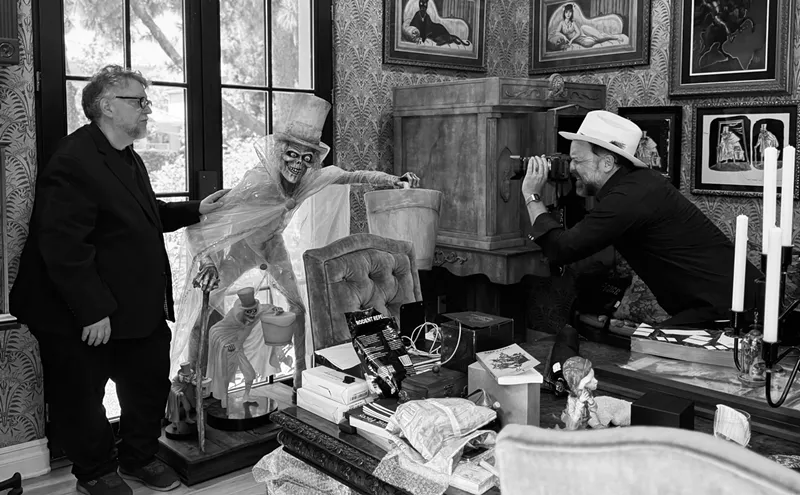Perhaps such a work was inevitable for Spiegelman: Where some children are weaned on fairy tale and superhero stories, he went to bed with images of Nazi atrocities bounding through his tiny little head. Maus, published in 1986, and its sequel served to heighten "the irony of a child growing up hearing tales of concentration camps...at bedtime," wrote the editors of The Comics Journal in 1988. For his efforts, Spiegelman was awarded the Pulitzer Prize, and Maus and Maus II became required reading.
Had there been no Maus, Spiegelman would still rank among the most important cartoonists to put pen to paper--not solely for his work, which places him alongside Will Eisner and Harvey Kurtzman and Carl Banks and R. Crumb, but because he and Mouly were among the first to make underground icons of Chris Ware, Charles Burns, Gary Panter, Drew Friedman and Sue Coe, among so many others. And his post-September 11 cover of The New Yorker--done entirely in black, with shadows of the World Trade Center barely decipherable in the gloom--symbolized all that makes him great: It's simple and overpowering, a whisper made up of a thousand screams. Do not miss a chance to hear a man who often says everything without using a single word.












